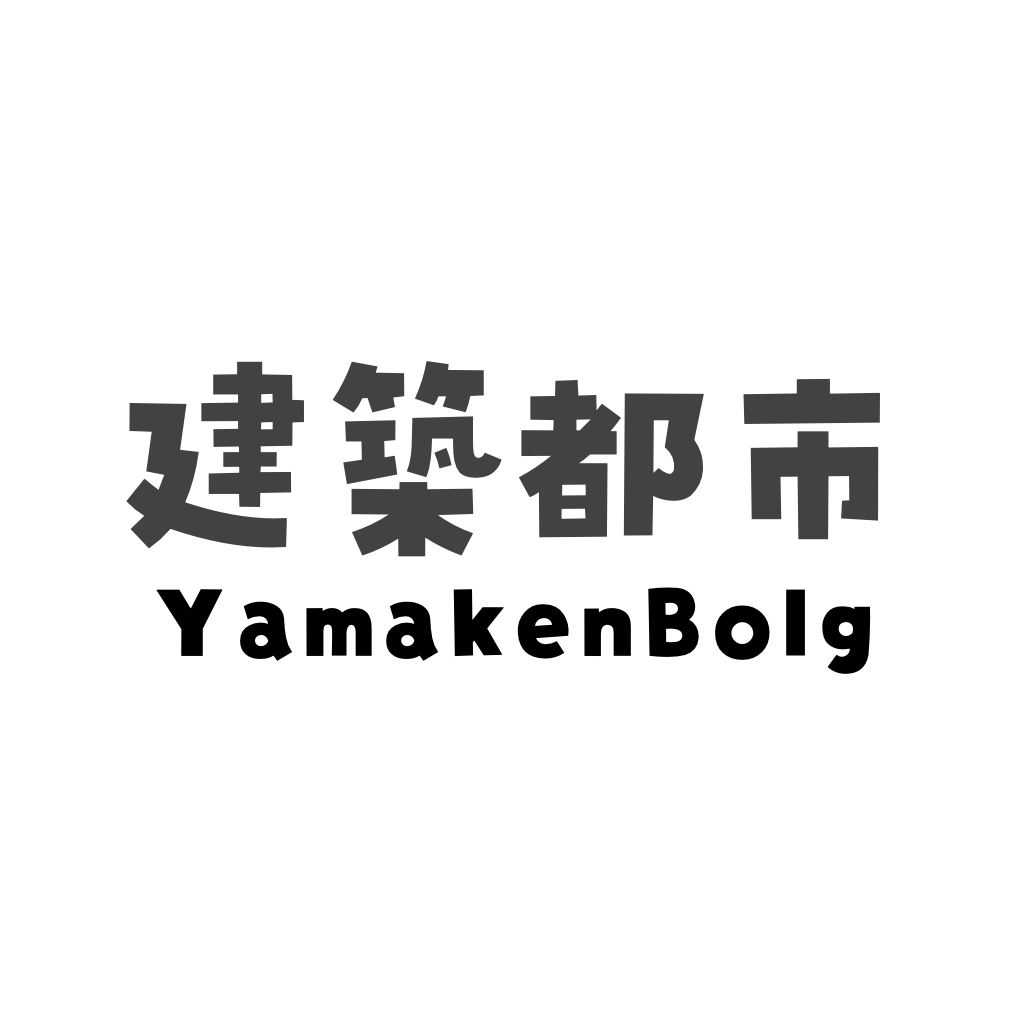This article discusses the magnitude 7.6 earthquake (preliminary value, with an epicenter depth of about 16km) that occurred in the Oku-Noto region on January 1, 2024. It explains where in Japan this region is located, the topography and population of the area affected by the large-scale earthquake, and whether tourism to Japan is still safe following this event
目次
Epicenter is in Okunoto
The epicenter of the magnitude 7.6 earthquake was in the Oku-Noto region, with the primary affected areas being Oku-Noto and Naka-Noto.
Oku-Noto refers to a location in the northern part of Ishikawa Prefecture, which is approximately 300 kilometers away in a straight line from major cities like Tokyo and Osaka.
The areas that suffered significant damage are about 50 to 100 kilometers away from Kanazawa City, which is famous for landmarks such as Kanazawa Castle Park and Kenrokuen Garden.
Supplement: Affected Areas
The main areas affected by the disaster are Suzu City, Wajima City, Noto Town, Anamizu Town, Nanao City, Shika Town, Nakanoto Town, Hakui City in Ishikawa Prefecture, and Himi City in Toyama Prefecture.
Among these, Suzu, Wajima, Noto, and Anamizu, which observed significant shaking causing major damage to wooden buildings, are in particularly severe situations. Additionally, some parts of these areas have also been affected by tsunami damage (details of which are expected to become clearer in the future).
Furthermore, municipalities in Ishikawa Prefecture, Toyama Prefecture, and Niigata Prefecture outside these areas have also sustained a certain level of damage.
Supplement: About the Earthquake
This earthquake, unlike the ocean trench-type Tohoku Pacific Offshore Earthquake that occurred on March 11, 2011, took place inland.
Earthquakes occurring inland generally have a significant impact on some of Japan’s older, less earthquake-resistant wooden buildings (excluding ancient temple structures) and low-rise buildings, with many such structures collapsing in reality.
Although smaller in scale, a similar earthquake also occurred in 2007.
Furthermore, there was an earthquake of magnitude 6.2 in May 2023. At that time, the government announced that “this series of seismic activities is expected to continue for a while.”
Additionally, experts, in interviews with NHK (Japan’s public broadcaster based on Japanese law), have stated, “Seismic activity has been active for two and a half years, and it’s unlikely to subside immediately. Multiple active faults are present in the sea north of the Noto Peninsula, and if an earthquake of around magnitude 7 were to occur there, a tsunami could very well be generated. Therefore, if a large earthquake is felt along the coast, it is advisable to evacuate to higher ground and be cautious at all times.”
Although this earthquake was anticipated, the fact that it occurred as expected led to the collapse of many houses and significant damage to social infrastructure, including roads and sewage systems, as had been feared.
Population in the Affected Areas (Population within Urban Planning Areas)

Here is the population of the main affected areas. The right column indicates the number of completely destroyed residences.
| City/Town Name | Total Population (in thousands) | Population within Urban Planning Area (in thousands) | Number of Completely Destroyed Residences |
|---|---|---|---|
| Suzu City | 12.9 | 9.5 | Many Details unknown |
| Wajima City | 24.0 | 12.4 | Many Details unknown |
| Noto Town | 1.6 | 9.2 | Many Details unknown |
| Anamizu Town | 7.6 | 3.7 | 200 |
| Shika Town | 18.7 | 14.6 | 8 |
| Nanao City | 49.3 | 34.6 | 225 |
| Nakanoto Town | 17.1 | — | 16 |
| Hakui City | 20.2 | 14.2 | 15 |
| Himi City | 44.1 | 44.2 | 16 |
| Total | 195.5 | 142.2 | — |
| Population of Cities/Towns with Major Damage | 46.1 | 34.8 | — |
As you can see, the population of the main affected areas is 195.5 thousand. This is 0.16% of Japan’s total population (125,417 thousand). Although it’s less than 1% of the population, this region is rich in nature and famous for Wajima-nuri, a traditional Japanese lacquerware.
There have been instances of exaggerated fake news on social media, like reports of a huge tsunami or even stories about Japan sinking, possibly for the sake of gaining more impressions.
Some might believe these fake news stories and think that all of Japan is in danger, but that is not the case.
Indeed, rescue operations are still ongoing in the main affected areas.
Once the rescue phase is completed, it will move into the recovery phase. Given the extent of the damage, it won’t be a quick return to normal, but once recovery begins, efforts such as attracting tourists will likely take place. So, when that time comes, please do visit the Noto Peninsula.
Is Tourism to Japan Safe?
As of now, tourism in Japan is generally safe, except for Ishikawa Prefecture, Toyama Prefecture, and Niigata Prefecture.
Even now, tourism is possible in historical urban areas like Kanazawa City and Toyama City. However, it is anticipated that Kanazawa and Toyama may become bases for disaster recovery workers in the future. Therefore, it might become difficult to find accommodations, so securing a place to stay is crucial if you plan to visit these areas.
Thus, travel to Japan’s main tourist hubs such as Tokyo, Osaka, Kyoto, Nagoya, Sapporo, Sendai, Hiroshima, and Fukuoka is not a problem in terms of transportation. In fact, spending money in Japan can contribute to supporting the affected areas.
Please do come to Japan to experience its history and culture.





